I’m glad to see that Diamond Springs has started to get a lot more attention recently. It won a Twitter poll for best public course in the state and has become part of the Mike DeVries golf trail, which is starting to make a destination out of his three Grand Rapids courses, Diamond Springs, the Mines, and Pilgrim’s Run (continue north for the Kingsley Club in Traverse City and Greywalls in Marquette). Diamond Springs is perhaps the most modest of the five, with simple bluegrass fairways and minimal bunkering. But combined with the beautiful, secluded site and DeVries’ excellent architecture, it’s certainly one of the top 20 public courses in the state (if not, to my liking, the best). And especially given that it’s the cheapest course on that list (usually in the $30-something range), it’s worth a detour to this rural part of southwestern Michigan.
There are pretty much only two cuts of grass at Diamond Springs, fairway and green. While I like that a lot, my primary issue with Diamond Springs is the conditioning—the fairways are cut a bit too long and, at least when I was there in the Summer of 2019, were a bit too soft. This made it difficult to play some of the running shots for which the design is so well-suited. But life is full of trade-offs; the course was full on a weekday afternoon and if these maintenance practices allow them to keep the green fees low and both the course and the till full, they shouldn’t change a thing. A golf course is ultimately a business and there are too many who forget that…or don’t realize it in the first place. So as I saw it, Diamond Springs had to be about the most successful golf course architecture-business in the state of Michigan.
The beautiful par 4 first hole is typical for the front nine; a fairly open tee shot to rolling, but generally flat land. The shorter par 4 second plays in the opposite direction back toward the clubhouse. Here we have a large fairway bunker on the left if you go directly on line with the green. But the fairway is generous and anything in the middle sets up a fairly short approach to a shallow green with a small bunker in the front middle.
There are pretty much only two cuts of grass at Diamond Springs, fairway and green. While I like that a lot, my primary issue with Diamond Springs is the conditioning—the fairways are cut a bit too long and, at least when I was there in the Summer of 2019, were a bit too soft. This made it difficult to play some of the running shots for which the design is so well-suited. But life is full of trade-offs; the course was full on a weekday afternoon and if these maintenance practices allow them to keep the green fees low and both the course and the till full, they shouldn’t change a thing. A golf course is ultimately a business and there are too many who forget that…or don’t realize it in the first place. So as I saw it, Diamond Springs had to be about the most successful golf course architecture-business in the state of Michigan.
The beautiful par 4 first hole is typical for the front nine; a fairly open tee shot to rolling, but generally flat land. The shorter par 4 second plays in the opposite direction back toward the clubhouse. Here we have a large fairway bunker on the left if you go directly on line with the green. But the fairway is generous and anything in the middle sets up a fairly short approach to a shallow green with a small bunker in the front middle.
The drive at the third is both beautiful and interesting. You need a good drive to clear the ridge that runs across the fairway from left to right. The second shot plays to a green perched on a knoll with a right green side bunker. The approach is designed to allow you to run the ball onto the green using the hill on the left, but this shot works less well in practice than in theory because of the high cut and softness of the fairways.
There’s a decent carry over the centerline fairway bunker on the par 5 fourth. If you pull this off, the hole should play fairly easy because the area around the green is fairly open if you avoid the bunker left and white pine short right. The par 3 fifth has one of the most interesting greens on the course; a bit biarritz-like with a low middle and high front and back tier, although the swale in the middle doesn’t fully bisect the green.
The long par 4 sixth is a very tough driving hole with probably the course’s most controversial feature: a small pond in the center left of the fairway, about 220 yards from the tee. I understand that this was supposed to be a bunker, which would make more sense; i’m guessing that it flooded and they just left it (?). I think it’d be best if there were nothing there at all because the trouble right, long uphill second shot, and heavily bunkered green offer plenty of defense.
The seventh is a pretty short par 3 with a steep back-to-front sloping green and the eighth is a wide-open par 5, but whose green is well-defended by several large bunkers. This brings us to the long par 4 ninth, the first hole to use Diamond Springs’ most notable feature: the ravine that will come into play again on each of the last five holes. Here, it forms a carry hazard on the left and runs the entire length of the hole to the green. The approach to the green becomes progressively blinder the further away from the ravine that you play your tee ball, but there is ample room short for a run-up from any angle.
The back nine starts with a par 4 that reminded me of the sixteenth at Pilgrim’s Run—a medium length par 4 with a pond on the right starting in the driving zone running up to the green. While the flow of the land into the green and the setting here aren’t as interesting or pretty, the green surface is more interesting, with a ridge running from back to front in the middle-left and plenty of contour in the lower right side.
The par 5 eleventh has two white pines that sit awkwardly in the middle of the fairway and the par 4 twelfth has a narrow fairway running to a large, back-to-front sloping green. Neither is among the course’s better holes. In fact by this point on the course, I was wondering if the course’s newfound attention wasn’t a bit of overhype and that if the best way to describe it wasn’t just as a nice, well-designed country course.
Well, that impression changed quickly starting with the thirteenth. From here in, Diamond Springs is much more interesting—and much more difficult. The drive on the short par 4 thirteenth is a bit awkward; there are bunkers on the right and it isn’t clear how far down the left you can go. Well, there’s plenty of room over there and left-center sets up the best angle to this green which is, apart from maybe the fifth, the most dramatic so far—sloping back-to-front with a steep ridge coming in from the left green side bunker. Although the green speeds are reasonable, you’ll still likely putt off the green if the flag is in the front and you’re in the back (hmmm, I wonder how I might know that…).
Well, that impression changed quickly starting with the thirteenth. From here in, Diamond Springs is much more interesting—and much more difficult. The drive on the short par 4 thirteenth is a bit awkward; there are bunkers on the right and it isn’t clear how far down the left you can go. Well, there’s plenty of room over there and left-center sets up the best angle to this green which is, apart from maybe the fifth, the most dramatic so far—sloping back-to-front with a steep ridge coming in from the left green side bunker. Although the green speeds are reasonable, you’ll still likely putt off the green if the flag is in the front and you’re in the back (hmmm, I wonder how I might know that…).
The fourteenth is the first of two par 3s that cross the ravine and is the beginning of one of the best three hole stretches in the state. Though it’s fairly short and the green is large, it’s very wavy and any front pin placement requires flirting with the ravine to get close because the entire front of the green sits on the ravine’s edge. It looks more intimidating than it is difficult because there’s plenty of room to miss long—although you probably won’t make par from there.
The fifteenth is probably Diamond Springs most well-known hole and for good reason—it’s easily in the small handful of best short par 4s in the state. The concept here is genius; lay-up in the narrow area short of the ridge that runs down the length of the drive in the middle of the fairway, but left of the ravine. The further you go, the narrower this area becomes. If you go over further to the left over the ridge, you’ll still be in the fairway, but have a blind second shot to a deep but skinny green with ball hawking to the right and a hill left. It’s entirely playable from there, but the clear visuals from position A provide ample reward for the risk—you can be aggressive from here as you’re playing into the slope and can use the contours to get the ball near any hole location. If I could change one thing, I’d remove about 10 yards of trees in the ravine left off the tee because this just adds visual intimidation that the hole doesn’t need. This must be in the top 1% of holes in the state.
And it’s followed by a par 5 that’s another likely candidate for that distinction. This is probably the most difficult driving hole on the course, with a carry bunker on the left and another by the ravine on the right if you don’t properly hug the left side. The approach to the green is brilliant; the ravine runs along the entire right edge and you’ll have to carry it if going for the green on the direct line. If you bailout a bit left or want to lay-up close to the green, there’s a fairway bunker about 50 yards short. The green is deep but narrow and there’s a small bunker in the middle on the left, so the further away that you play from the bunker 50 yards short of the green, the worse the angle of the approach becomes. This won’t be too much of an issue if you lay well back with your lay-up but if you try to get close, the pitch becomes so difficult that there’s a good chance that you won’t hit the green.
The seventeenth is a very difficult long par 3 over the ravine with a deep bunker right in the front middle. This is sort-of a cranked-up version of number fourteen, being longer with a smaller green and less bailout room. While I think it’s one of the standout stretches of holes on any course in the state, these ravine holes are quite tough on weaker players and many of them will lose several balls here.
The eighteenth again plays along the ravine, which runs down the entire right side and forms a fronting hazard for the green. Although the ravine fronts the green, there’s plenty of room to run the ball in from the left.
If you're from out of town, Diamond Springs makes for an excellent pairing with the two other Grand Rapids prongs of the Michigan DeVries golf trail, The Mines and Pilgrim's Run, and Founders Brewery a few blocks from the center of downtown. But how do these courses compare to each other? For me, Pilgrim’s Run is the clear winner as it’s strategic throughout with excellent green complexes and no gimmickiness. But Diamond Springs emerges as a clear second. I think that there’s a bit of a Jekyll and Hyde aspect to Diamond Springs; most of the first twelve holes are fairly wide open and modest, but then it becomes one of the most difficult courses in the state for the last six. One or two of the ravine holes could be toned down—and a bit of tree removal might be enough.
I also have a hard time getting over the fact the the fairways are a bit shaggy and the course played slow in the middle of a dry summer. But I understand that while golf course architecture nerds may love Diamond Springs and think that it should cater to them, we are a very small percentage of the people who will play the course…and we certainly won’t pay the bills. So it looks to me that Diamond Springs has found the sweet spot—an excellent work of golf course architecture that’s maintained in a way to keep the green fees low and the course full. If the day that I played was any indication, it’s working (but it took 5 hours to play!).
I also have a hard time getting over the fact the the fairways are a bit shaggy and the course played slow in the middle of a dry summer. But I understand that while golf course architecture nerds may love Diamond Springs and think that it should cater to them, we are a very small percentage of the people who will play the course…and we certainly won’t pay the bills. So it looks to me that Diamond Springs has found the sweet spot—an excellent work of golf course architecture that’s maintained in a way to keep the green fees low and the course full. If the day that I played was any indication, it’s working (but it took 5 hours to play!).
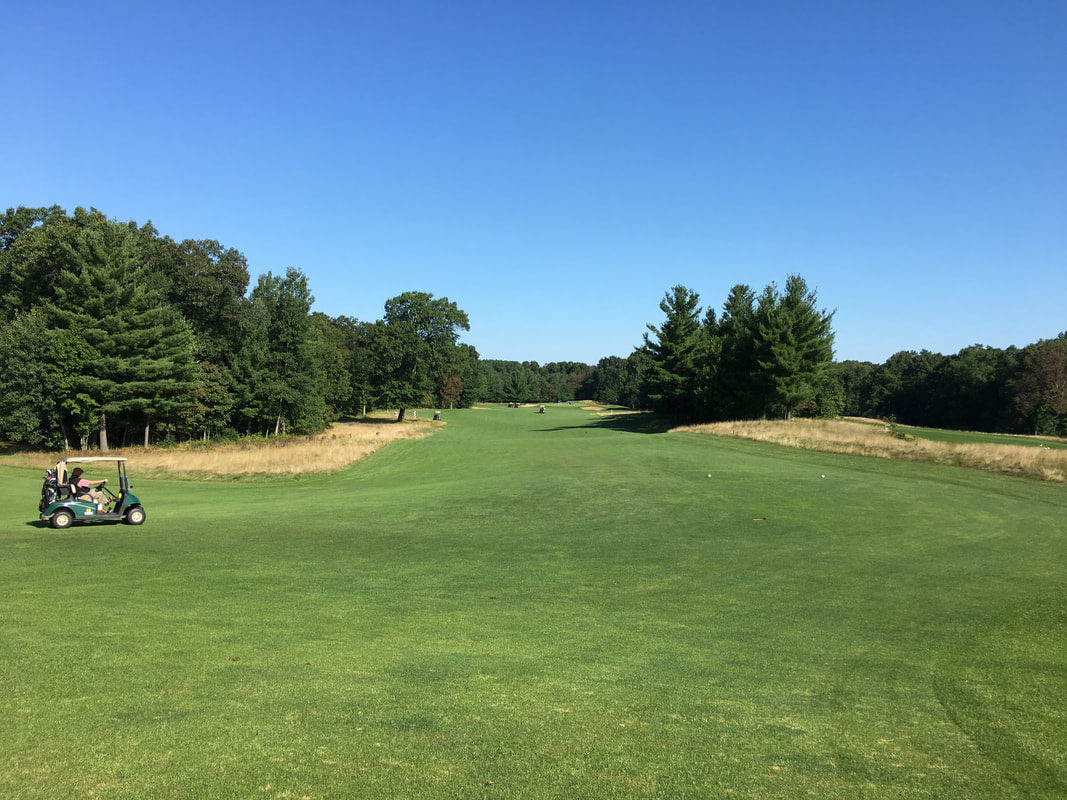
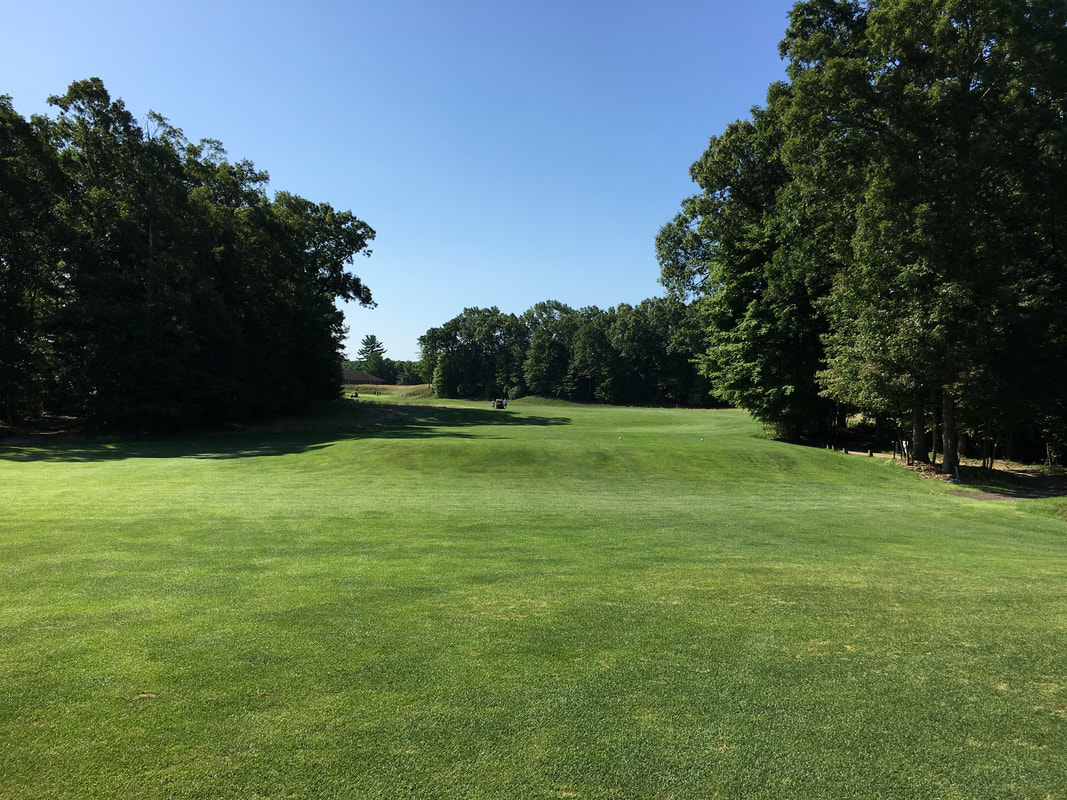
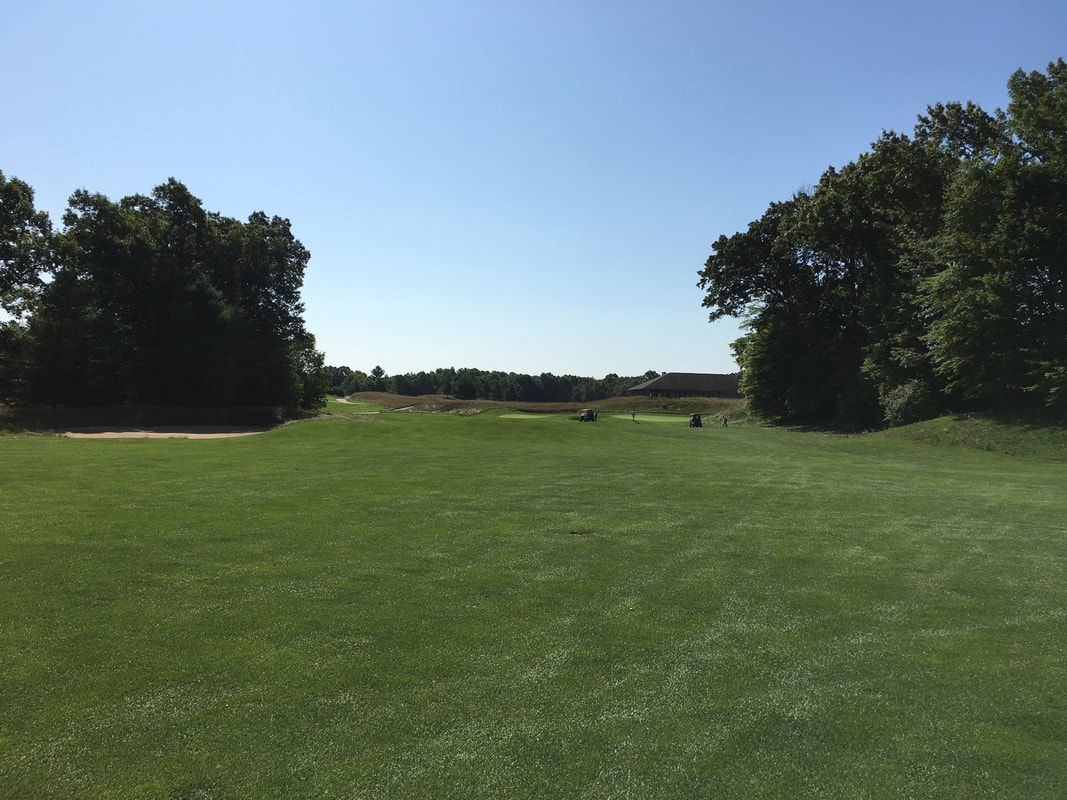
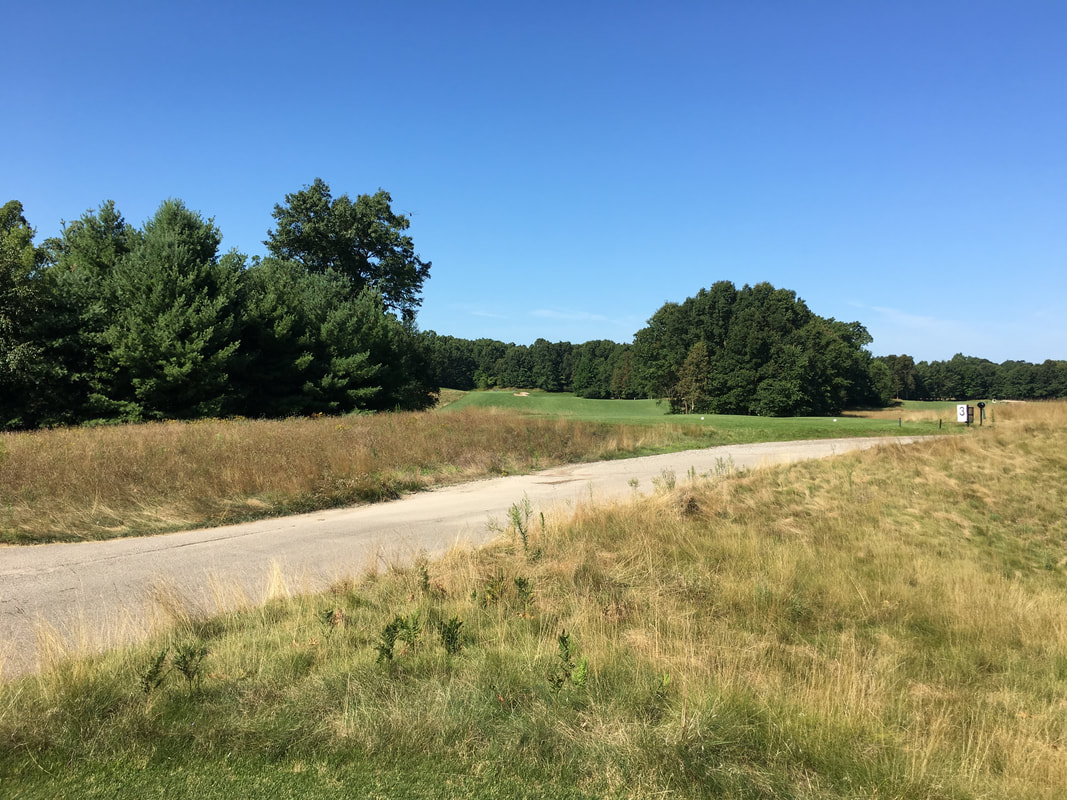
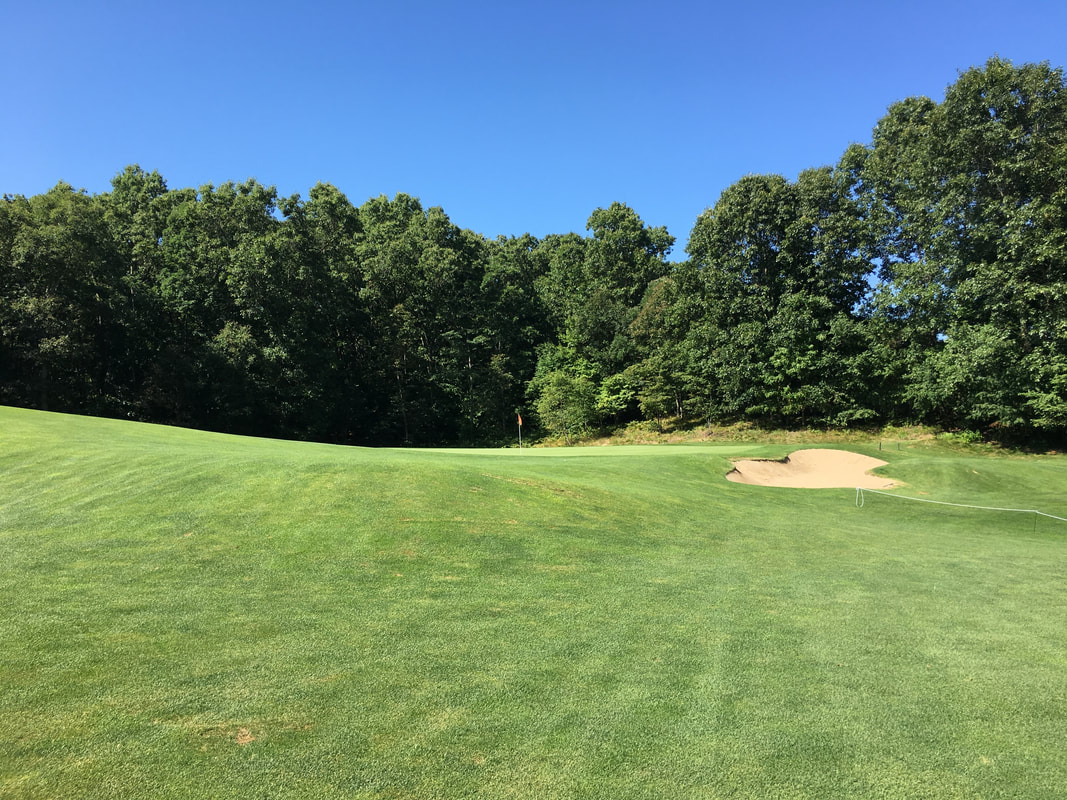
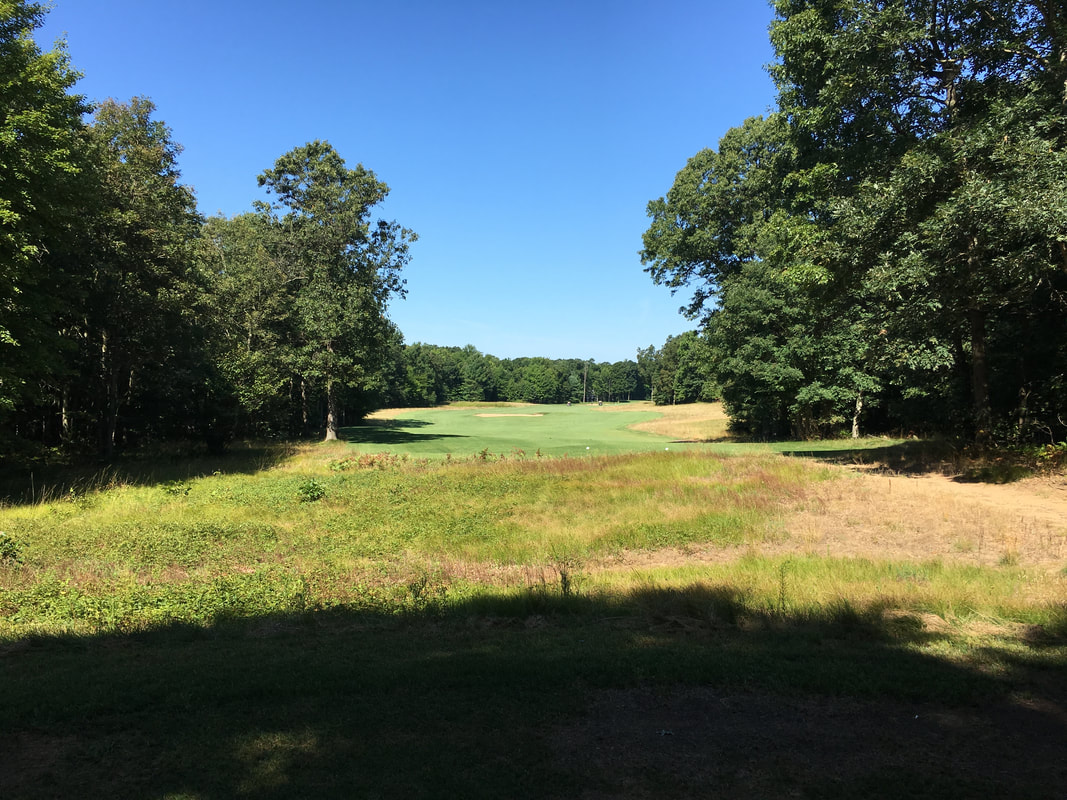
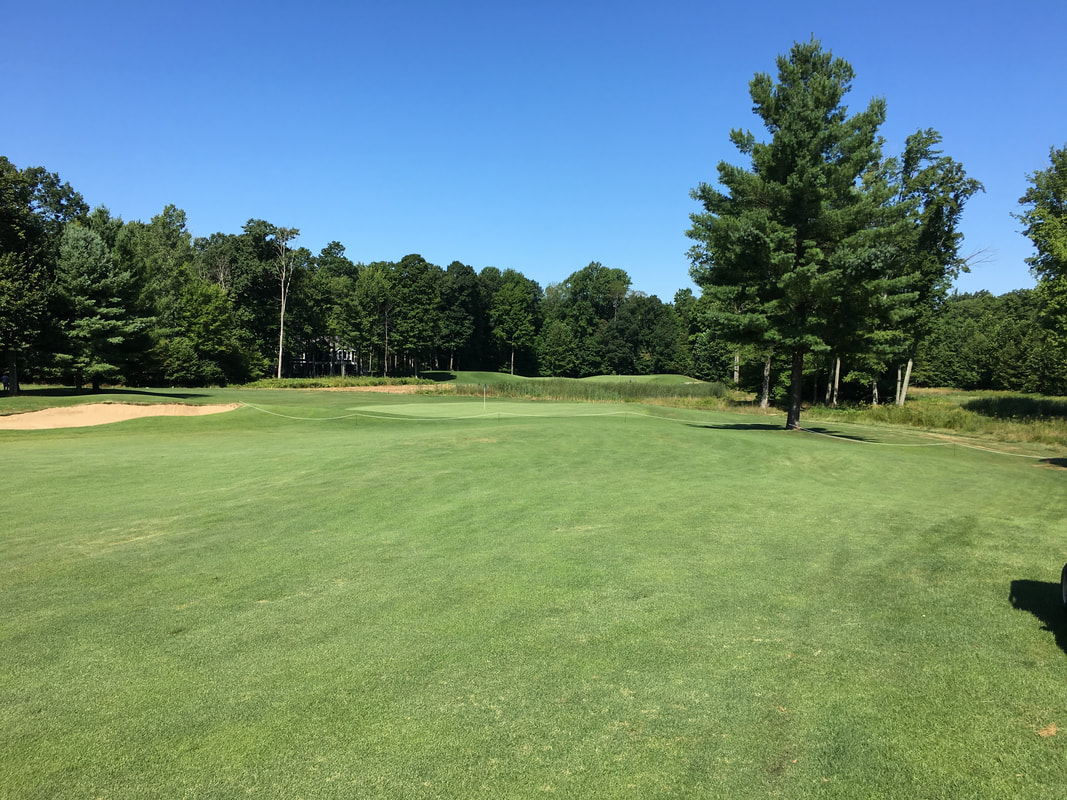
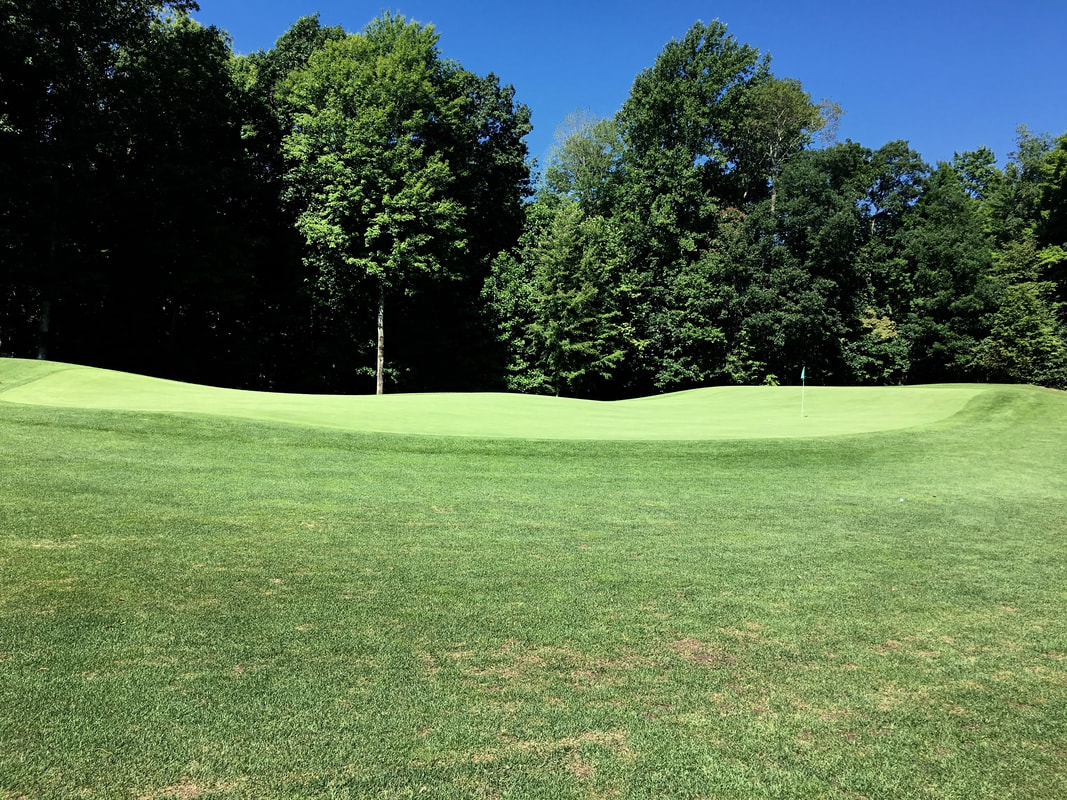
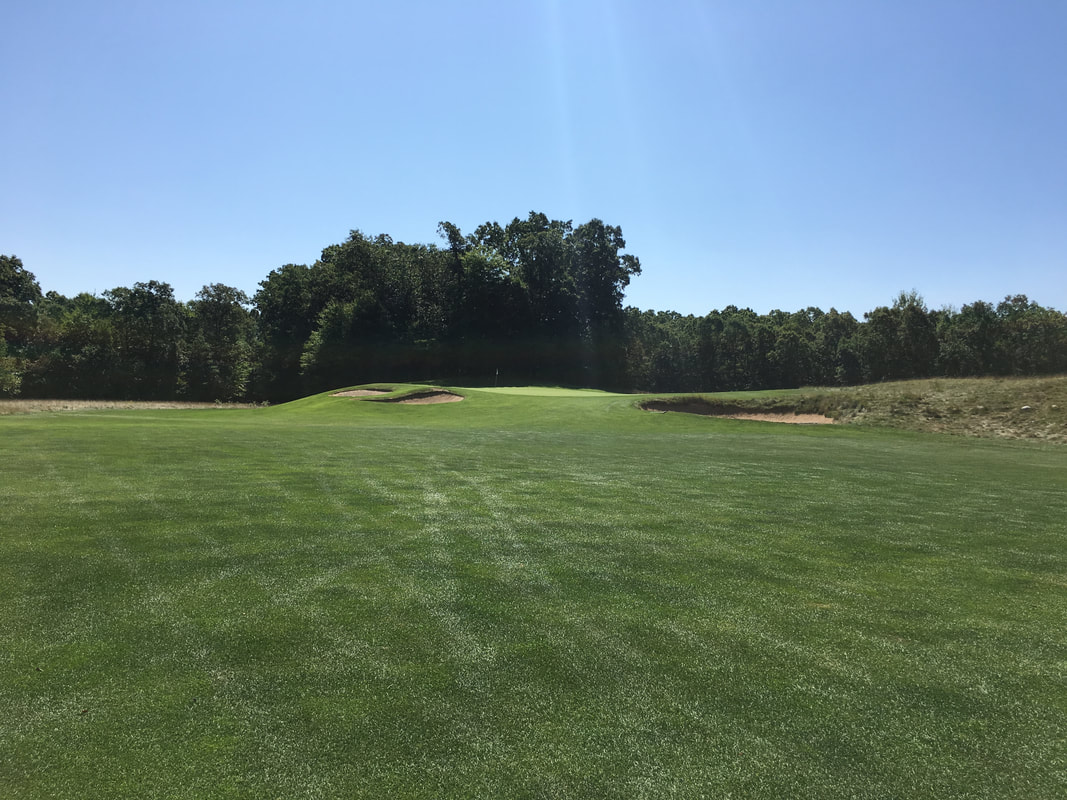
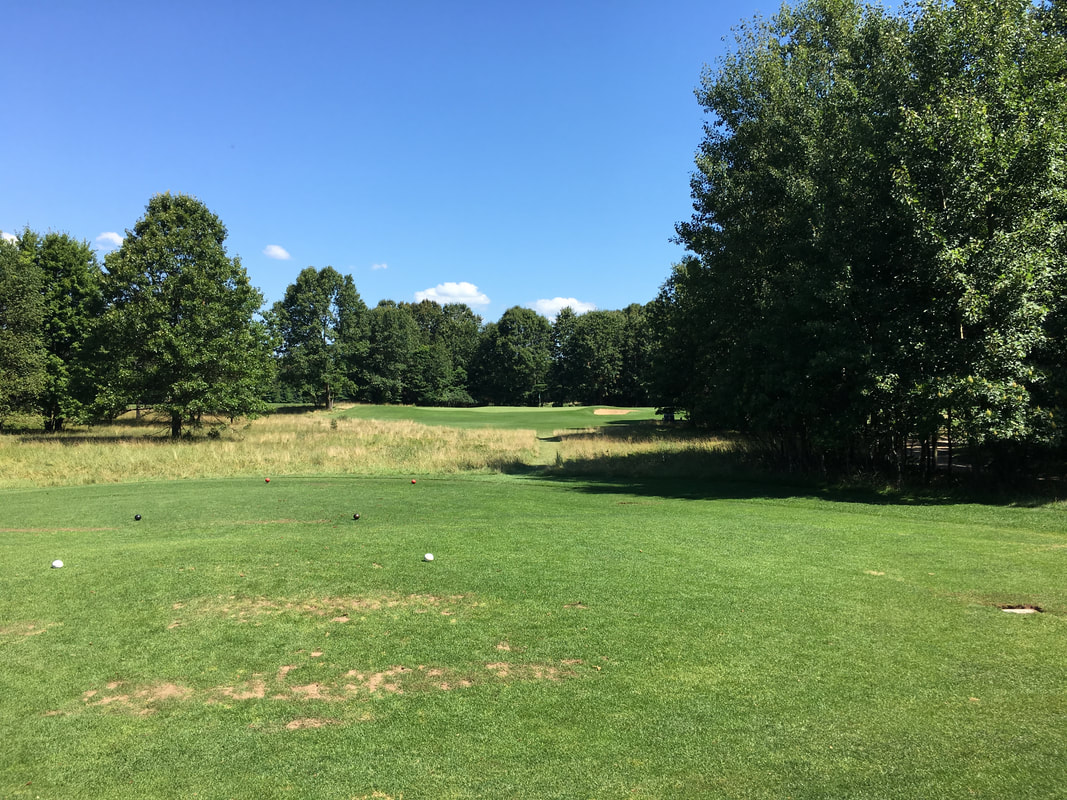
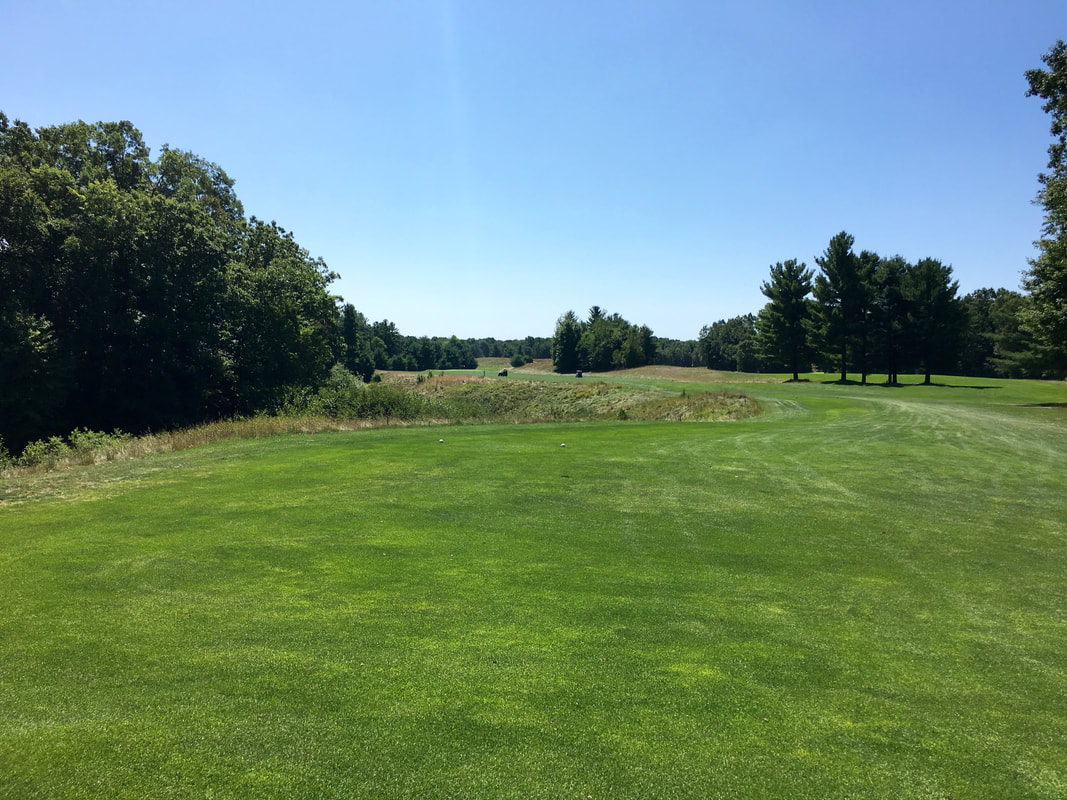
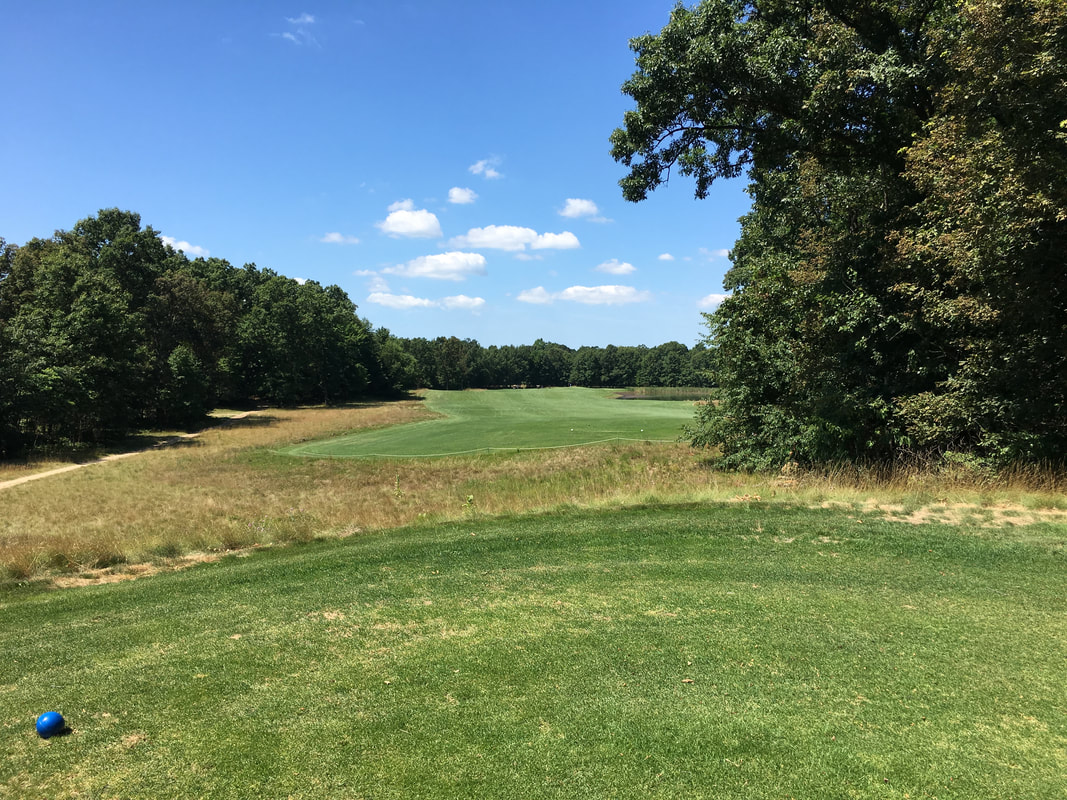
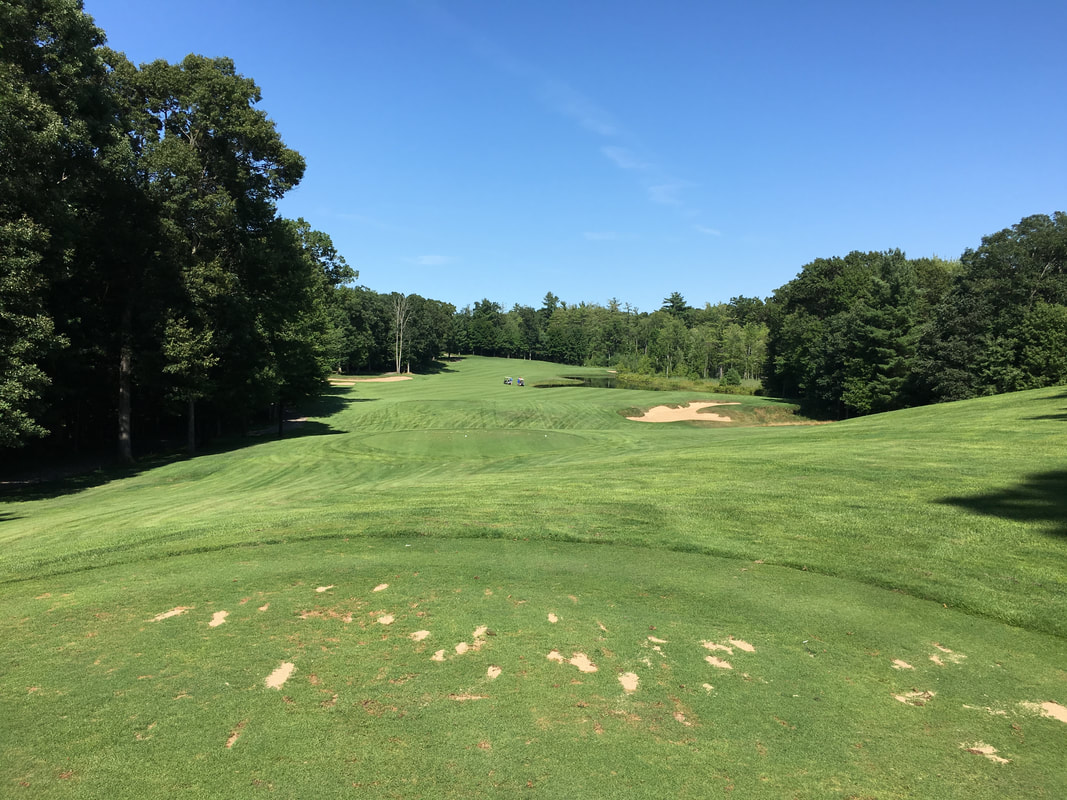
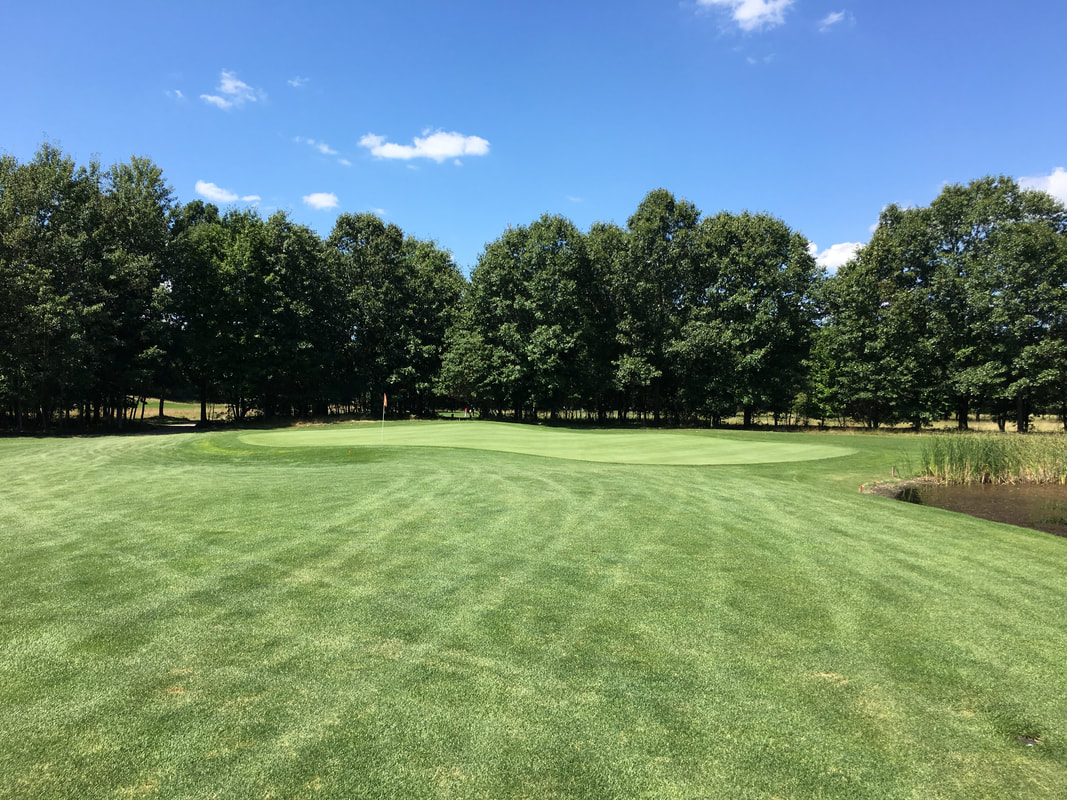
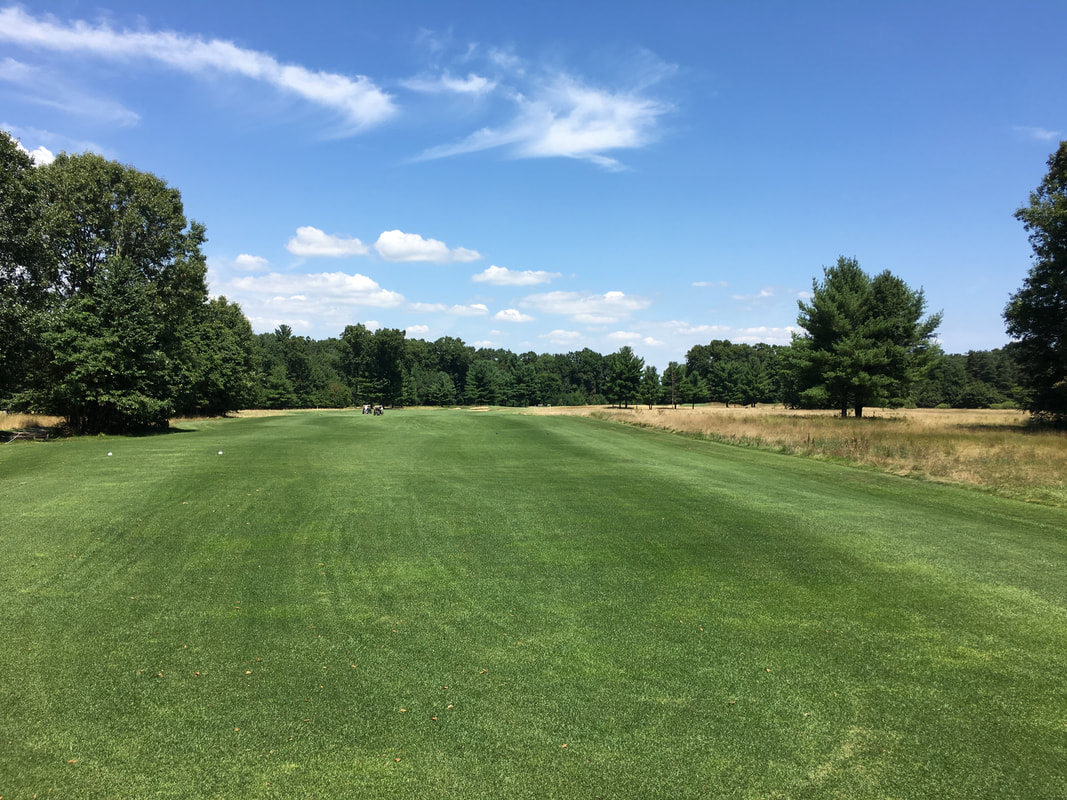
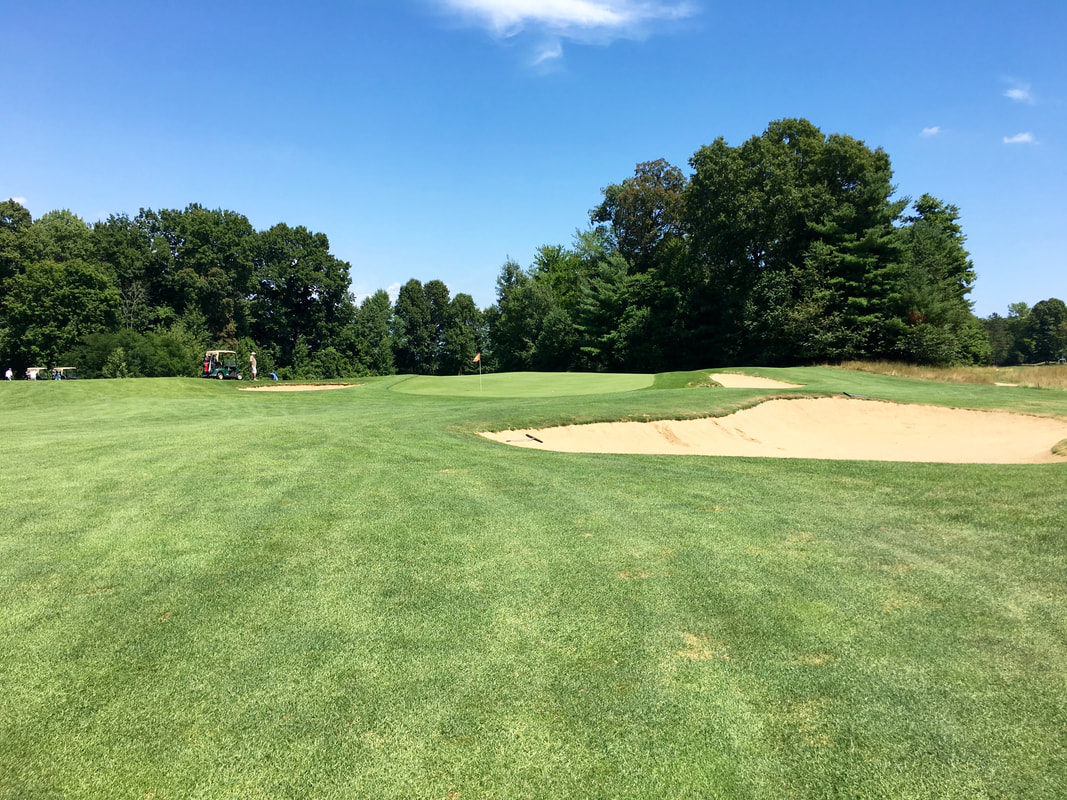
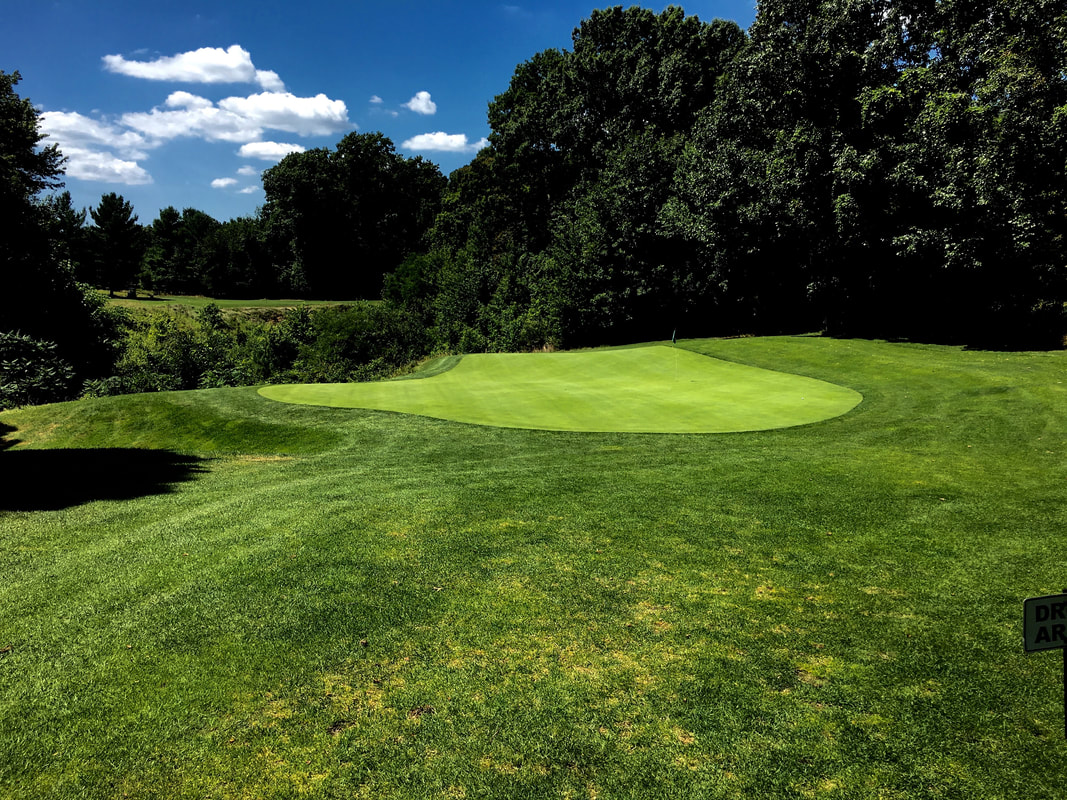
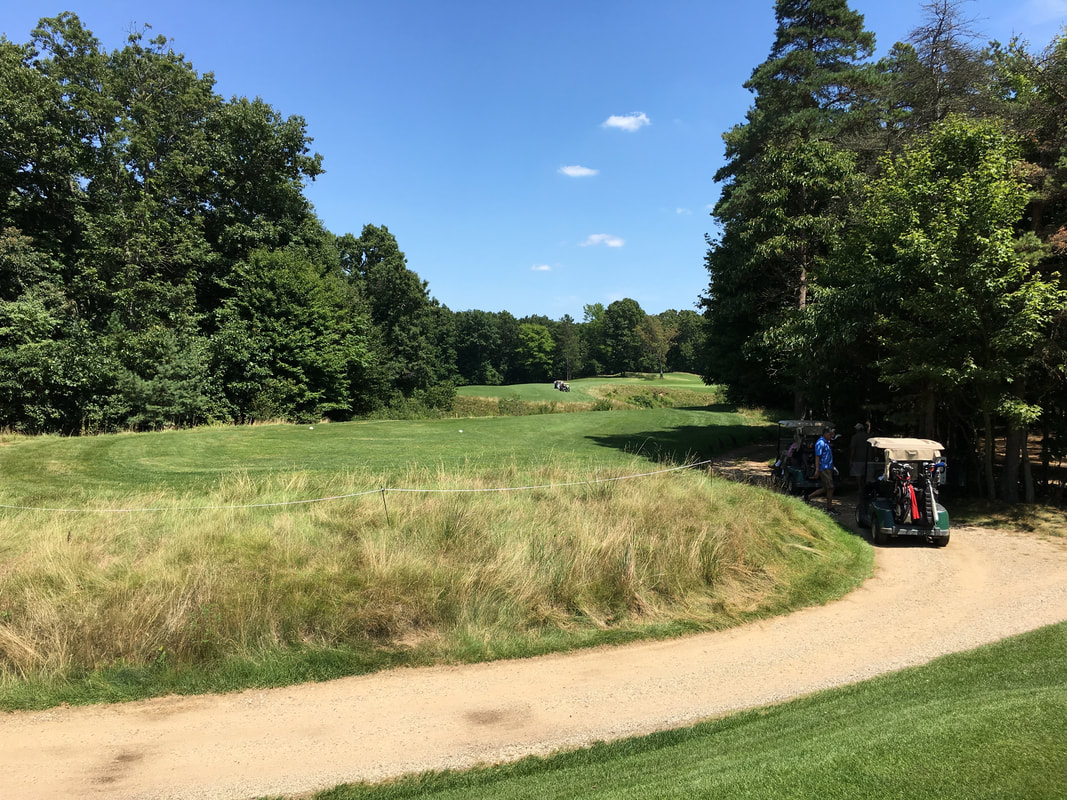
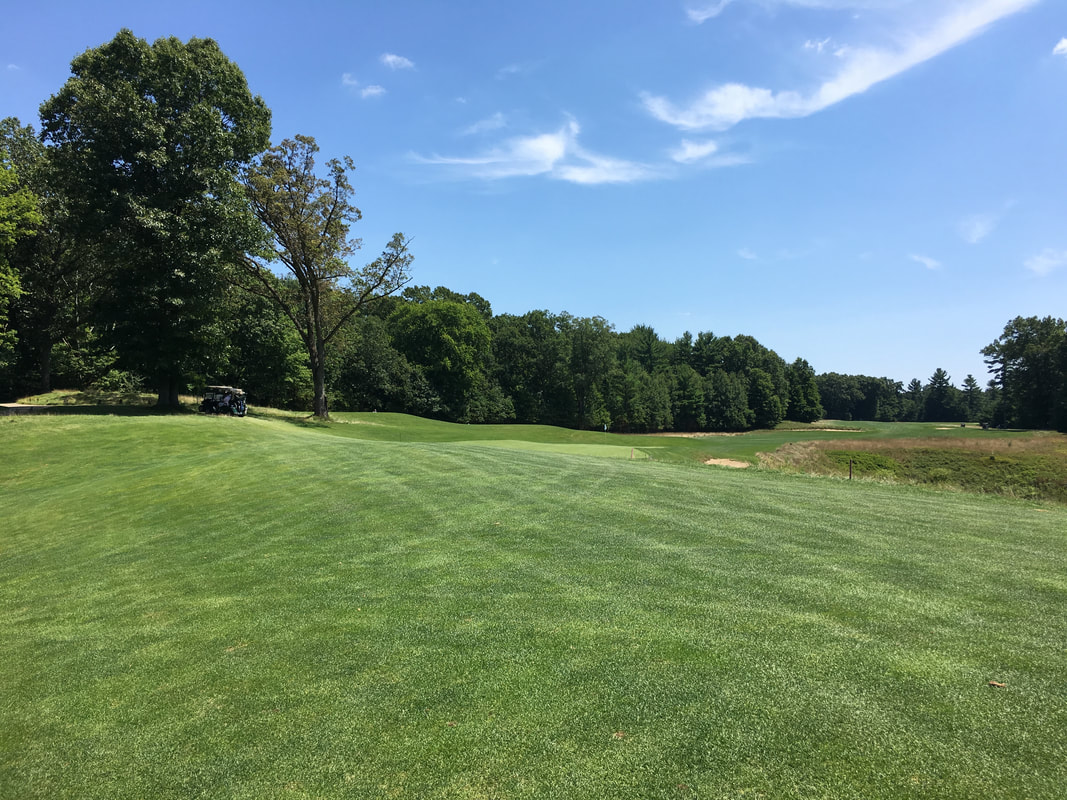
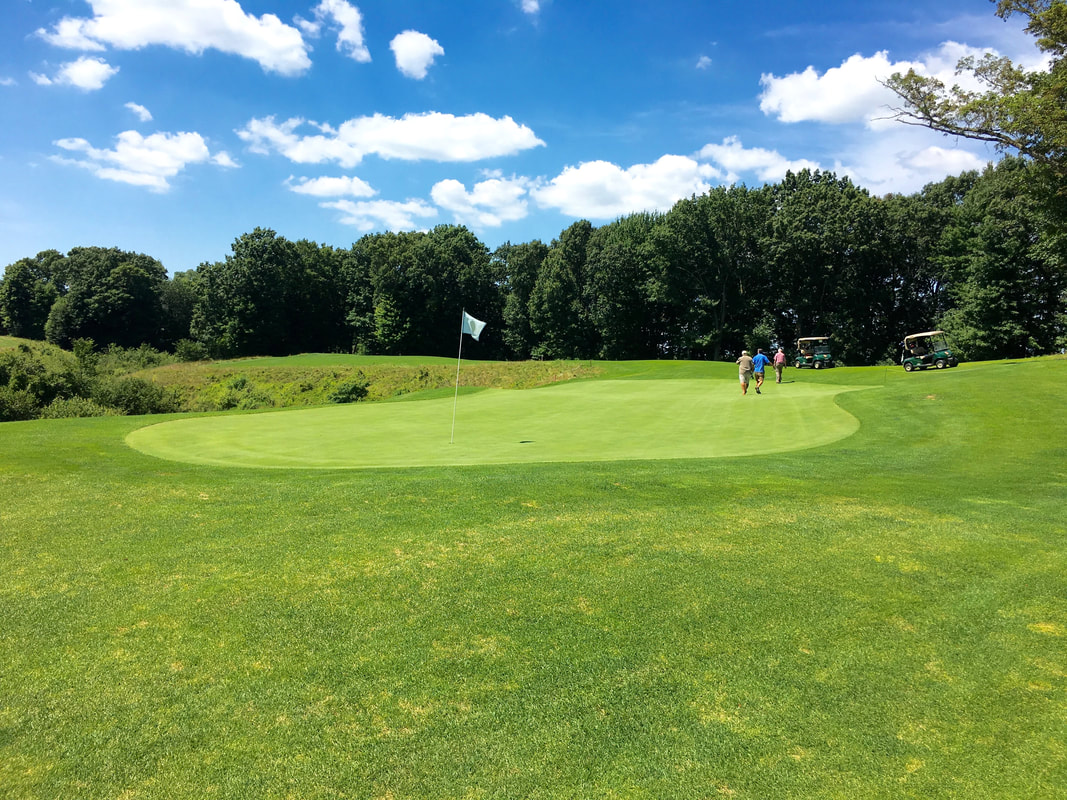
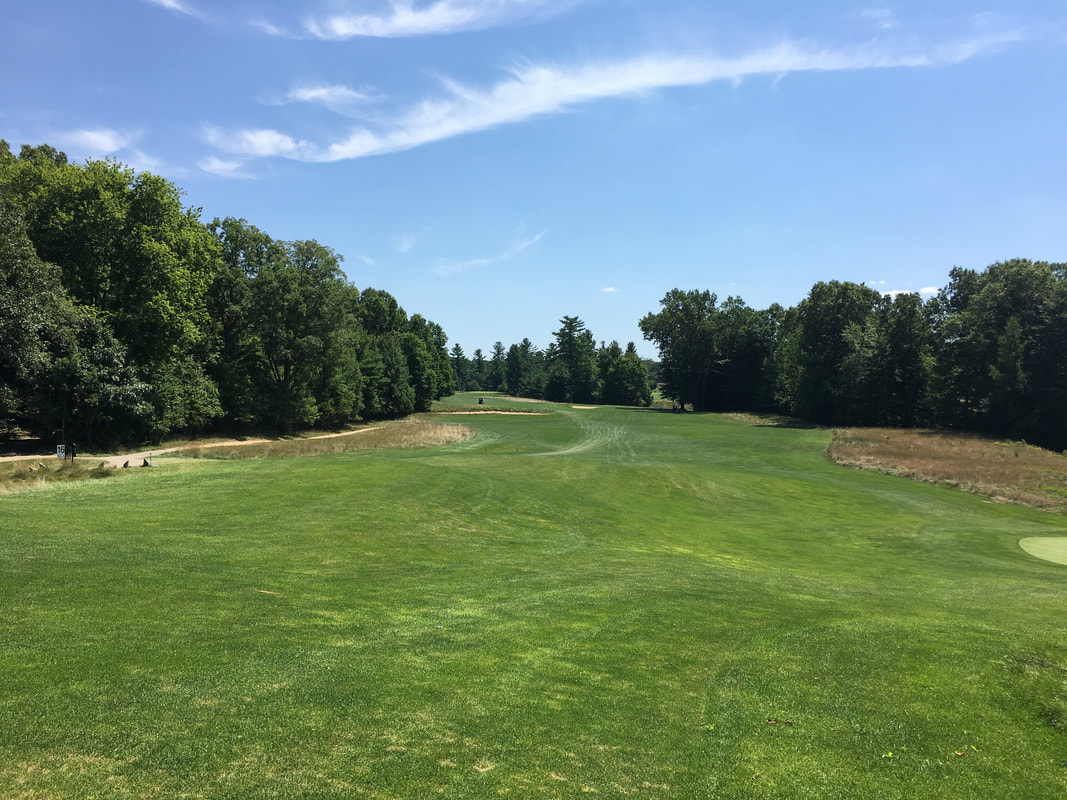
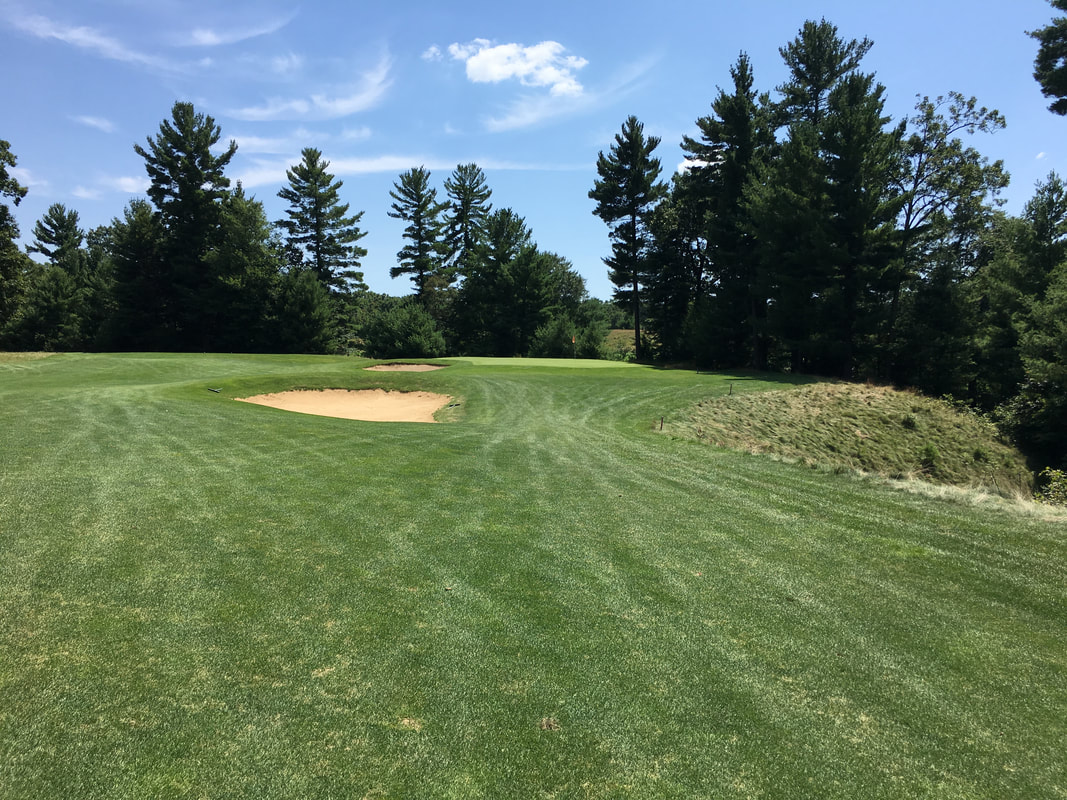
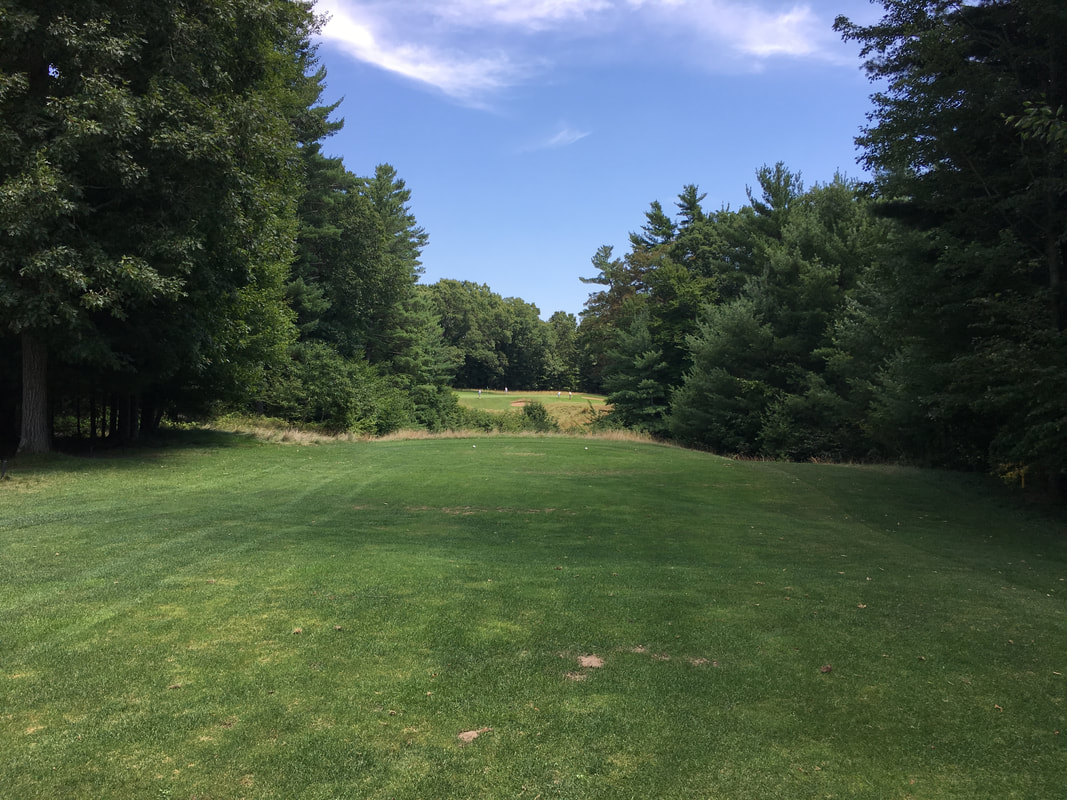
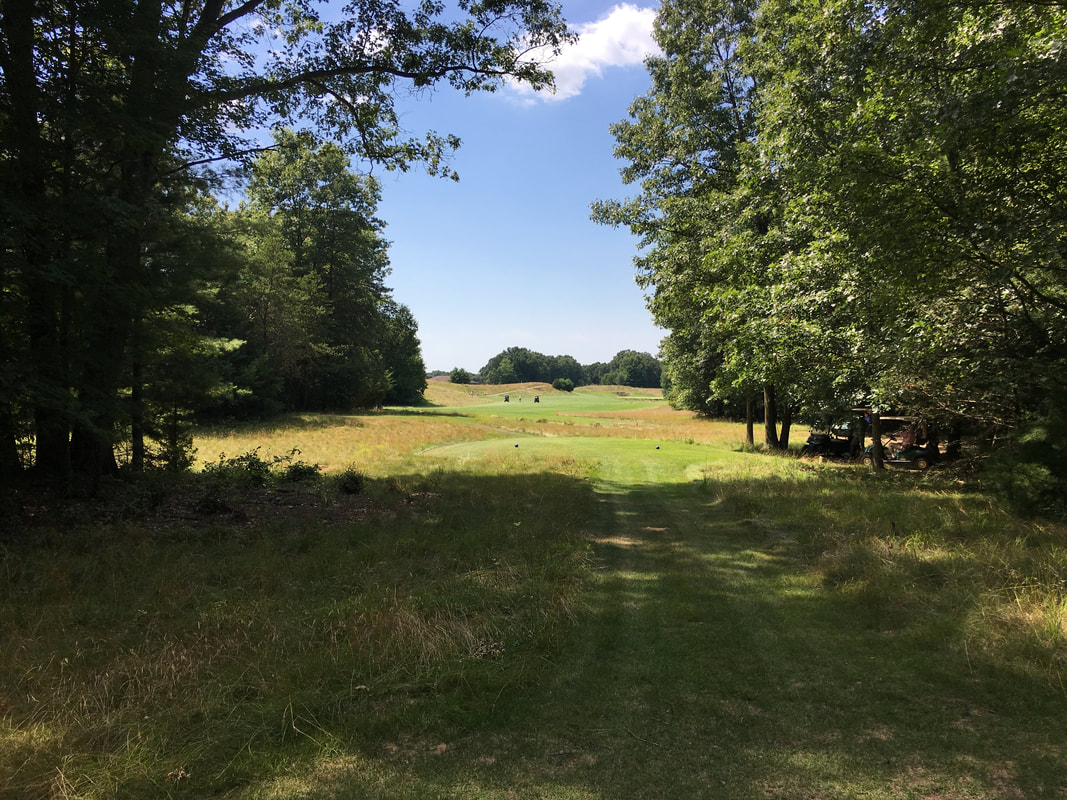
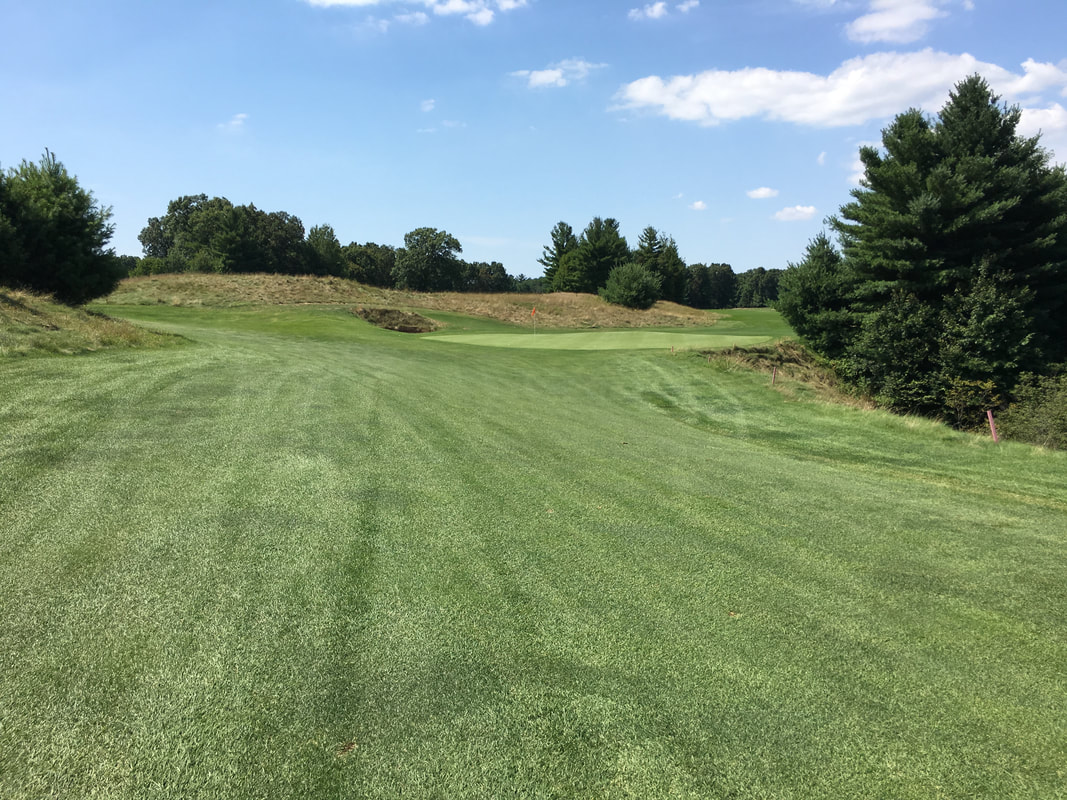
 RSS Feed
RSS Feed